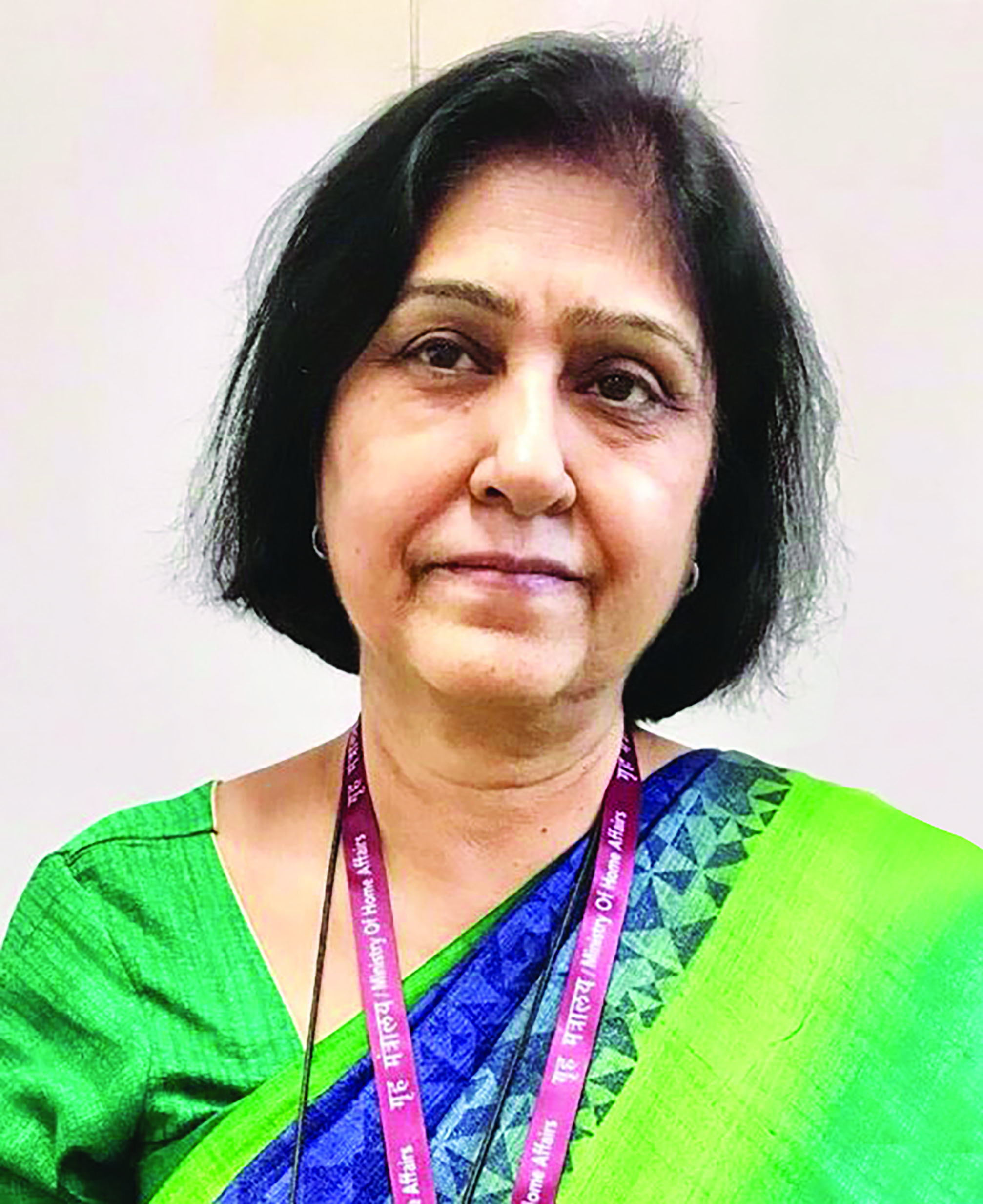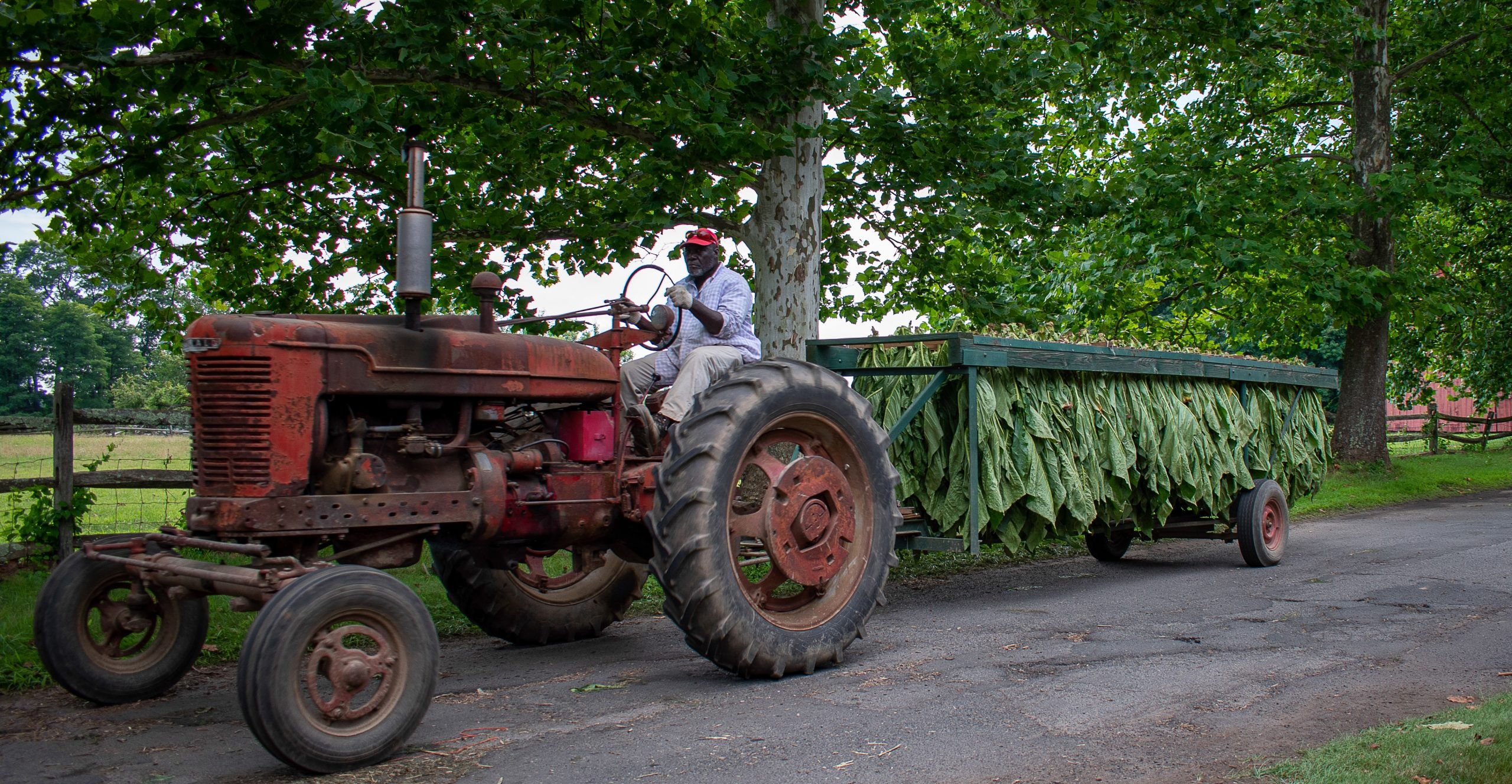Grow Food Not Tobacco
 Tobacco is the largest preventable cause of disease that health professionals will encounter in their professional lives. A variety of health staff, including doctors, nurses, midwives, pharmacists, dentists and psychologists, can all integrate tobacco control into their professional practice….…
Tobacco is the largest preventable cause of disease that health professionals will encounter in their professional lives. A variety of health staff, including doctors, nurses, midwives, pharmacists, dentists and psychologists, can all integrate tobacco control into their professional practice….…
By Dr Suneela Garg
Tobacco is grown in over 124 countries, taking up millions of hectares of fertile land that could be used to grow food, address food security and nutrition challenges and help feed families across the globe. As Per WHO Director General “Tobacco is responsible for 8 million deaths a year, yet governments across the world spend millions supporting tobacco farms”Tobacco is not only a massive threat to food insecurity, but health overall, including the health of tobacco farmers. Tobacco growing also has serious health impacts on tobacco farmers due to heavy use of pesticides and high absorption of nicotine through the skin. Farmers are exposed tobacco smoke and as much nicotine as found in 50 cigarettes – leading to illnesses like chronic lung conditions and nicotine poisoning,
More than 300 million people globally are faced with acute food insecurity. Meanwhile more than 3 million hectares of land across more than 120 countries are being used to grow deadly tobacco, even in countries where people are starving.
There is need to understand the harmful effects of tobacco growing and the benefits of switching to more sustainable food crops for farmers, communities, economies, the environment, and the world at large.
 There is also need to understand and highlight the facts that tobacco industry traps the farmers in a vicious cycle of debt, propagating tobacco growing by exaggerating its economic benefits and lobbying through farming front groups. Tobacco farming causes diseases to the farmers themselves and more than 1 million child laborers are estimated to be working on tobacco farms, missing their opportunity for an education. Total 182 Parties to the WHO Framework Convention on Tobacco Control have committed to “…promote economically viable alternatives for tobacco workers and growers”. A crucial way that countries can fulfil this obligation is by ending subsidies for tobacco growing and supporting healthier crops. We prioritize health, preserve ecosystems, and increase food security if we choose to grow food instead of tobacco.
There is also need to understand and highlight the facts that tobacco industry traps the farmers in a vicious cycle of debt, propagating tobacco growing by exaggerating its economic benefits and lobbying through farming front groups. Tobacco farming causes diseases to the farmers themselves and more than 1 million child laborers are estimated to be working on tobacco farms, missing their opportunity for an education. Total 182 Parties to the WHO Framework Convention on Tobacco Control have committed to “…promote economically viable alternatives for tobacco workers and growers”. A crucial way that countries can fulfil this obligation is by ending subsidies for tobacco growing and supporting healthier crops. We prioritize health, preserve ecosystems, and increase food security if we choose to grow food instead of tobacco.
Health professionals as role models in tobacco control Health staff can be positive role models for their patients and the community. This is extremely challenging if they smoke themselves.
The key role of health professionals in tobacco control
As health care providers they have a unique opportunity to educate the medical nursing students and equip patients with information about the harmful effects of tobacco use and assistance with quitting. Health professionals as sources of tobacco control guidance and advice Health professionals are regarded as reliable sources of guidance and information on health issues. They come into contact with diverse segments of population. They can advise the young against the initiation of tobacco use and provide advice on quitting to patients. A brief intervention by a doctor has been shown to increase the chance a smoker will stop smoking. Health professionals, can: provide tobacco control advice to patients, recommend cessation aids , prescribe or recommend medications effective for cessation ,refer patients to specialist cessation services and quit lines be trained to run individual and group counselling sessions on tobacco cessation. Integrating tobacco control into professional practice Addressing tobacco dependence should be seen as part of standard practice. The questions about tobacco use can be included in consultations and recorded in patient notes.
 Wherever possible, cessation advice should be made relevant to a patient’s current situation by linking it with the patient’s current diagnosis or lifestyle. Reminding patients of the benefits of cessation can dramatically increase their likelihood of successfully quitting and this is even more effective when such interventions are reinforced consistently by different health care providers.
Wherever possible, cessation advice should be made relevant to a patient’s current situation by linking it with the patient’s current diagnosis or lifestyle. Reminding patients of the benefits of cessation can dramatically increase their likelihood of successfully quitting and this is even more effective when such interventions are reinforced consistently by different health care providers.
Assessing exposure to second-hand smoke and providing guidance on avoidance are also important, including in settings where tobacco use may not seem to be an issue, such as paediatrics and maternal and child health clinics. Health professionals as role models in tobacco control Health staff can be positive role models for their patients and the community. This is a role the vast majority of them support. This is extremely challenging if they smoke themselves. Health professionals often have similar or even higher levels of tobacco use to the general population. Tobacco use by health professionals can affect their credibility as advice-givers on tobacco issues. There is therefore a need for tobacco cessation support to be provided for health professionals. This would have benefits for both the health professionals themselves and for their patients and the wider community.
 It is extremely essential if health care Professionals from different Associations come on a common platform focus on awareness creation,Capacity building ,Caessation from facility level to community level.Addressing communities by different disciplinesespecially where tobacco cultivation is rampant Grow Food Not tobacco should be Agenda.This will address the agenda of NCDs and we will be able to focus from health to wellness.
It is extremely essential if health care Professionals from different Associations come on a common platform focus on awareness creation,Capacity building ,Caessation from facility level to community level.Addressing communities by different disciplinesespecially where tobacco cultivation is rampant Grow Food Not tobacco should be Agenda.This will address the agenda of NCDs and we will be able to focus from health to wellness.
(The author is Professor of Excellence Community Medicine, Chair Programme Advisory Committee, NIHFW and Ex Sub Dean & Head Community Medicine, MAMC, New Delhi)

